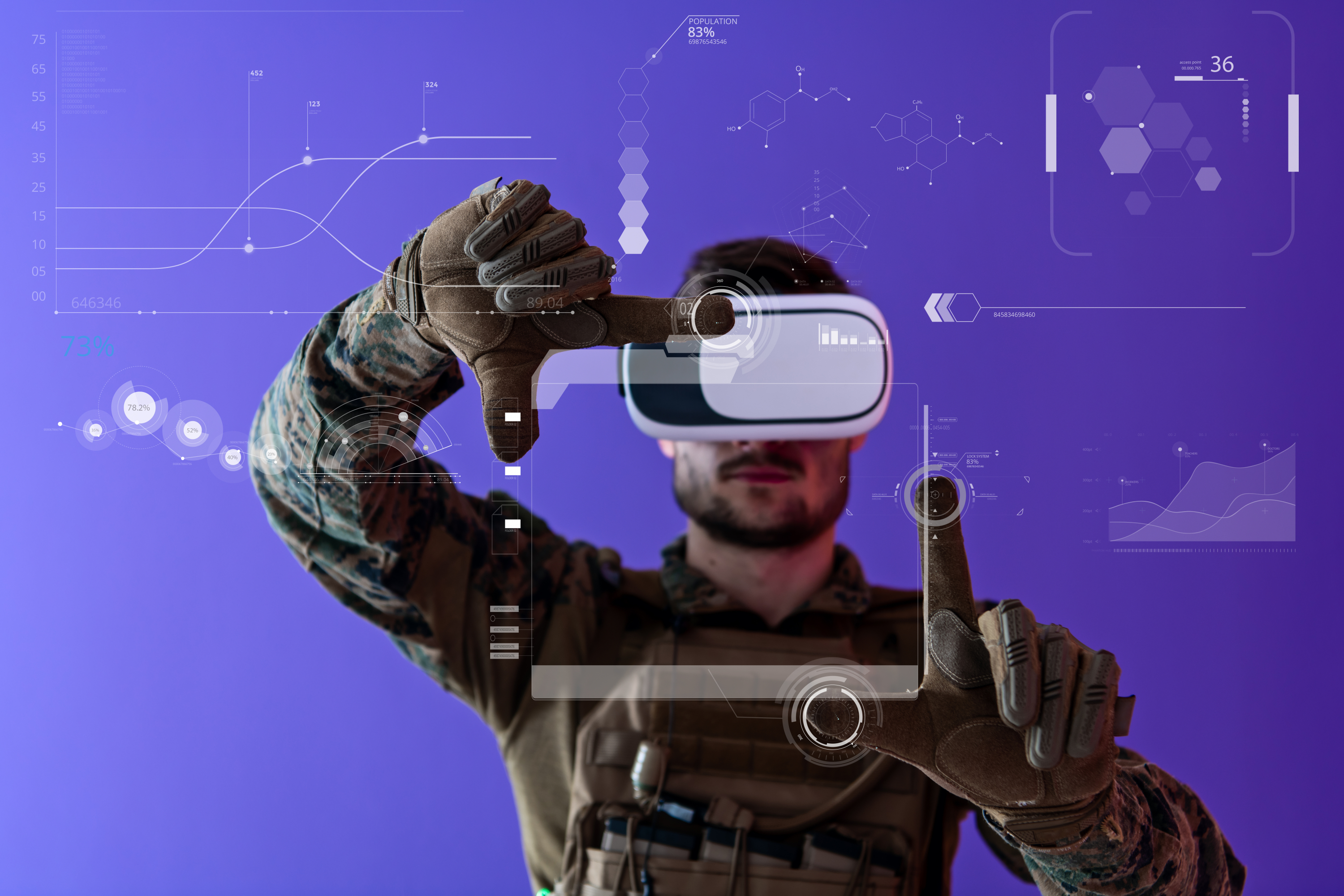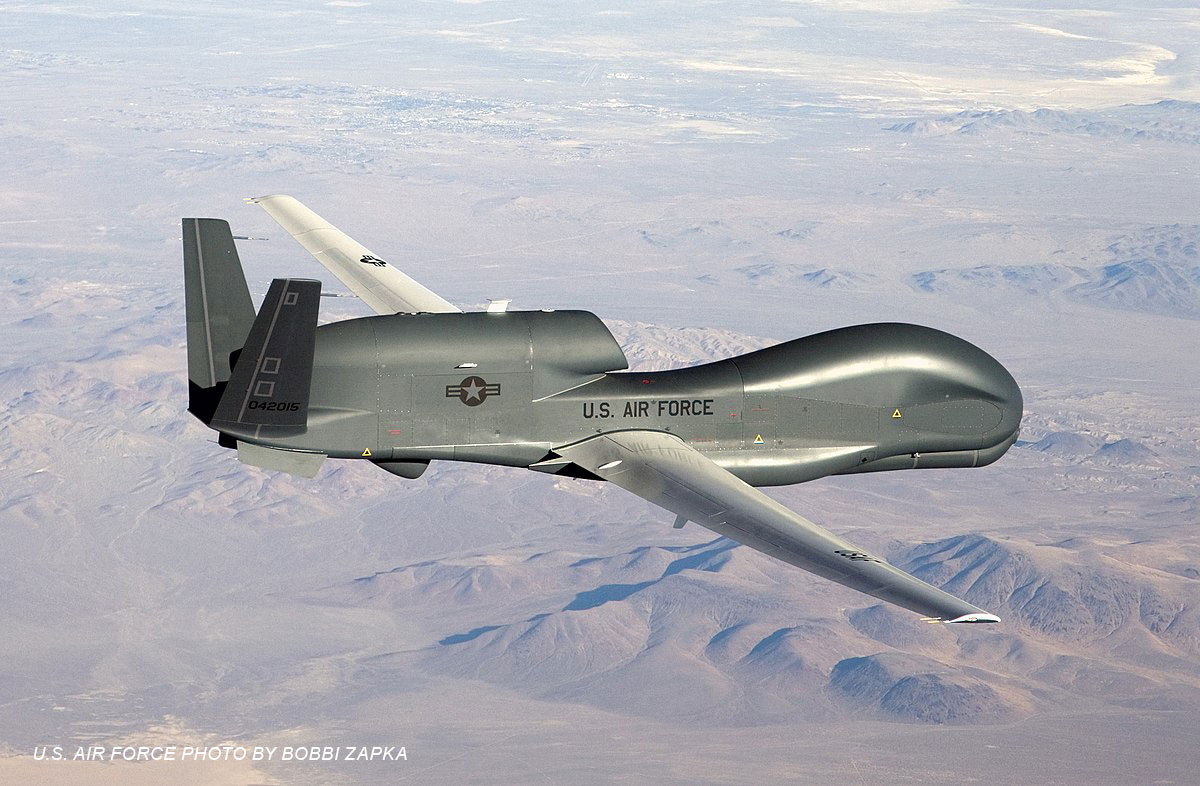From Sensor to Soldier: How AI Improves Military Decision Intelligence

Defense leaders across the U.S. military long-recognized the potential for artificial intelligence (AI) technology to help decision-makers leverage data at speed and scale for critical operations. But it’s only in recent years that the true power of AI and machine learning has been harnessed for defense purposes as new programs to integrate the technology into entrenched decision-making processes have gained acceptance.
At SparkCognition’s recent Time Machine Interactive event, Josh Wilson, senior vice president service lines & technology at LMI, welcomed panelists who shared their successes with building AI capabilities into their branches and missions.
The decision intelligence leaders—David Spirk, former chief data officer for the Department of Defense; Col. Matthew Benigni, chief data and analytics officer for Army Futures Command; and Jared Summers, chief technology officer for the U.S. Army’s XVIII Airborne Corps—also shed light on remaining challenges that include streamlining development processes to create applications that solve identified needs and improving the integration of new technology with legacy systems and hardware.
Training to help solve these challenges has produced encouraging wins, said Summers. Using a 90-day sprint structure, the U.S. Army has emphasized quick progress by focusing on specific objectives, with successes or failures discovered without spending excess time or other resources.
“Exercises that we started just over a year ago … focus on how we can fundamentally change the way that a corp manages a deep fight in a (large-scale combat operations) type environment,” Summers said. “How do we leverage AI machine-to-machine communications to drive speed to insight, improve our decision making, and get inside our adversaries’ OODA (observe, orient, decide, act) loop cycle so that we can make decisions respond faster than they can?”
An important dynamic for successful integration and development comes from showing soldiers and lower-level officers how the data-management-related work they are being asked to do can lead to dramatic improvements in mission outcome and their ability to fulfill their duties every day.
Once the benefits become real to those at the lower levels, new ideas come quickly for how to better use AI for novel purposes.
“A big thing that we say is, we’re doing this to help your lives suck less. So, we’re fixing a process in the motor pool, with maintenance, or in whatever other system they’re involved in to make something talk and work, to actually make their lives better,” he said.
“Once you involve them in that process—and that’s incredibly important for the user that is actually going to use the tool, and when they get the output of that and start using it—light bulbs go off, and then there’s excitement. It becomes a groundswell and all of a sudden three shops are asking, ‘hey, can we automate this in our operation?’”
Finding the right mission fit for AI tech
Benigni said the Army’s innovation sector is robust and nimble enough to create useful new applications and tools relatively easily. But the patchwork of new and old hardware and software from a variety of vendors creates interoperability challenges.
“The amount of time it takes to go from a given sensor to an appropriate shooter has decreased considerably because we have a great innovation sector building components that add value to the battlefield; that makes sense and is novel. We have that in abundance,” Benigni said.
The goal for all branches is to do the work to speed up and simplify machine-to-machine communication on or near the battlefield so AI tools can generate the most value from constant streams of data.
Benigni said some recent situations around the world that have successfully used AI to deliver significant wins include onboarding and accounting for displaced persons in Syria, vetting military enrollees in Afghanistan, and characterizing displaced fighter flows during the final phases of defeating ISIS in Syria.
“It was a question of, can we aggregate the way we look at information to better understand foreign fighter flows as they exit that region? That is a commander turning to a technologist and giving us a well-framed technical problem because they had nerds within reach for a year or two.” Benigni also emphasized that the projects matured from initial requirement to production in a matter of weeks.
For Spirk, it was an early shock in his career to realize that the department needed to create a data strategy. Since then, military leaders have made a priority of creating a rising minimum level of data fluency so decision-makers at all levels can make sense of directives around data and AI and take full advantage of the difference they can make.
“We have emphasized joint all-domain operations, senior leader decision support, and then business analytics as the top three focus areas,” Spirk said. “If we didn’t write a data strategy that our generals, flag officers, colonels, and others that our senior enlisted could see themselves in, it wouldn’t really matter what we were trying to do. We’d never have that true buy-in that would guarantee the investment.”
While there was a healthy and respectful rivalry between the panelists representing different sections of the military and government and their respective areas of expertise, all of them agreed that AI is a must-have capability that needs to be as flexible as possible so personnel can create new software and tools to leverage battlefield intelligence as quickly as possible.
And as work continues to create what Benigni termed a “common operating picture” that breaks down silos of information and ingrained practices, the possibilities grow for in-service personnel and outside vendors to find ways to make the most out of new advancements in AI technology.
Recent Posts

Redefining Contested Logistics: How AI Can Optimize the Navy’s Refueling Operations

America’s Great-Power Opportunity: Author Ali Wyne’s Visit to HyperWerx

AI empowers logistics and readiness for Army 2030

Realizing the impact of AI in autonomous warfare
